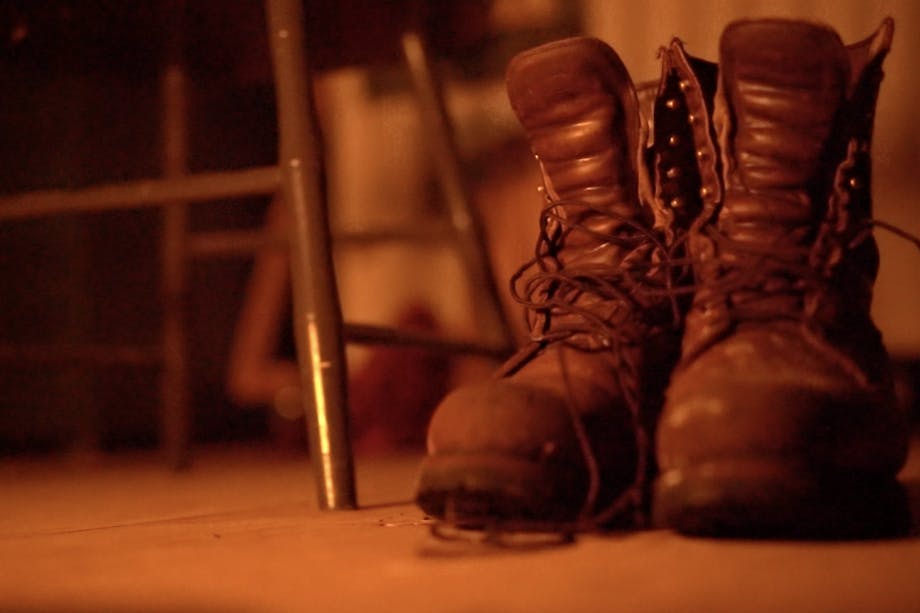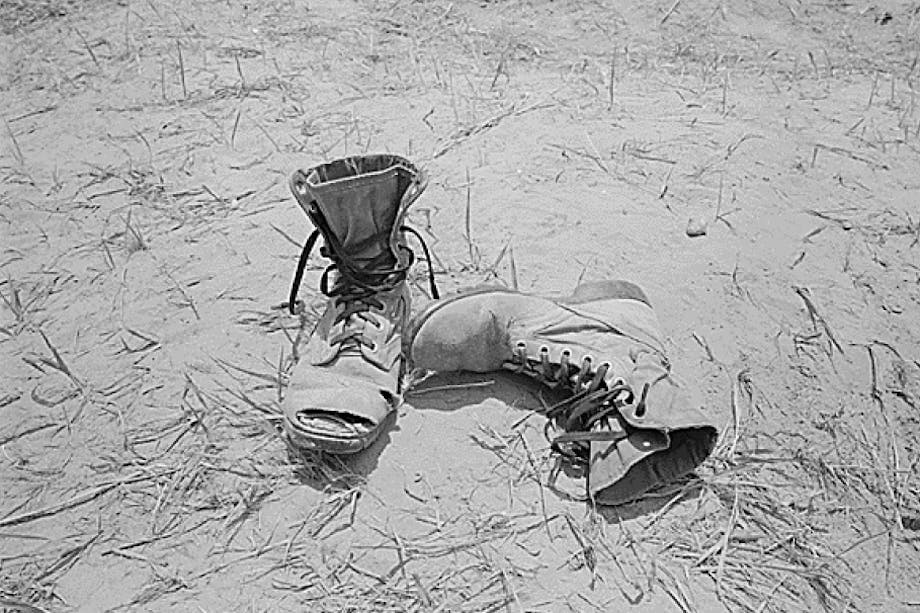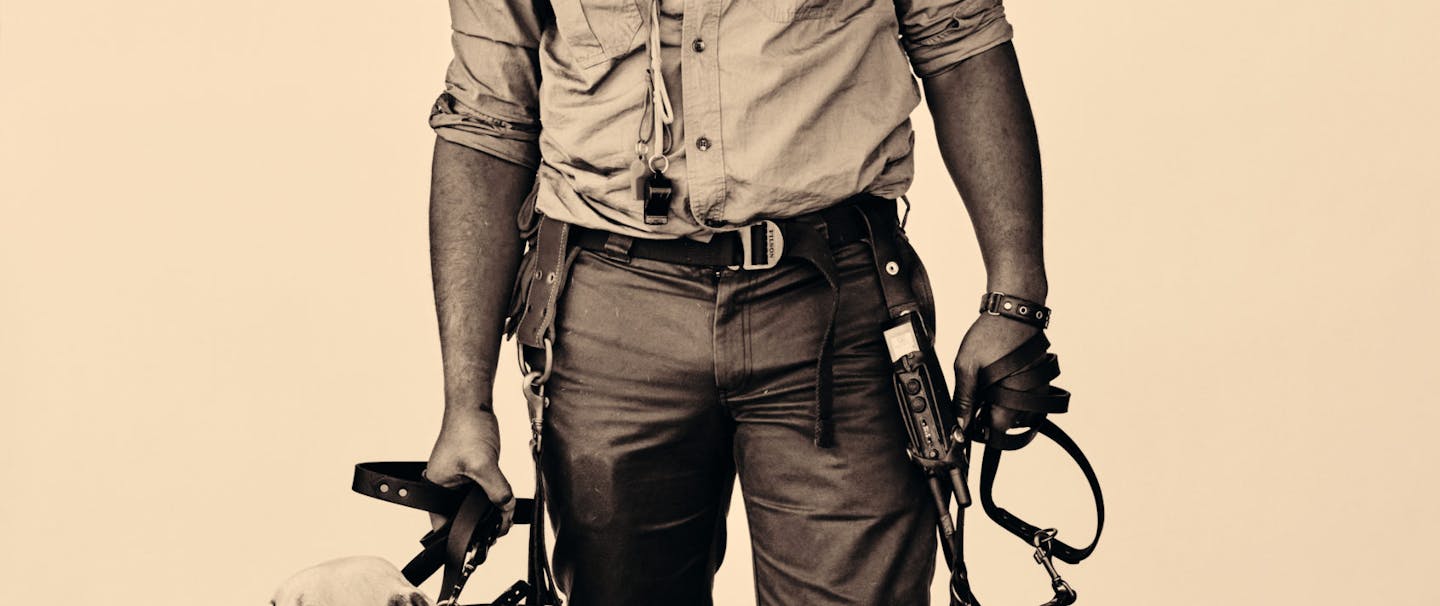Bootmaking is one of those occupations that, done properly, wears well over time for both the boot’s owner and the bootmaker. In nineteenth-century America, this was a handcraft occupation, where profit was measured not by an hourly wage, but per boot.
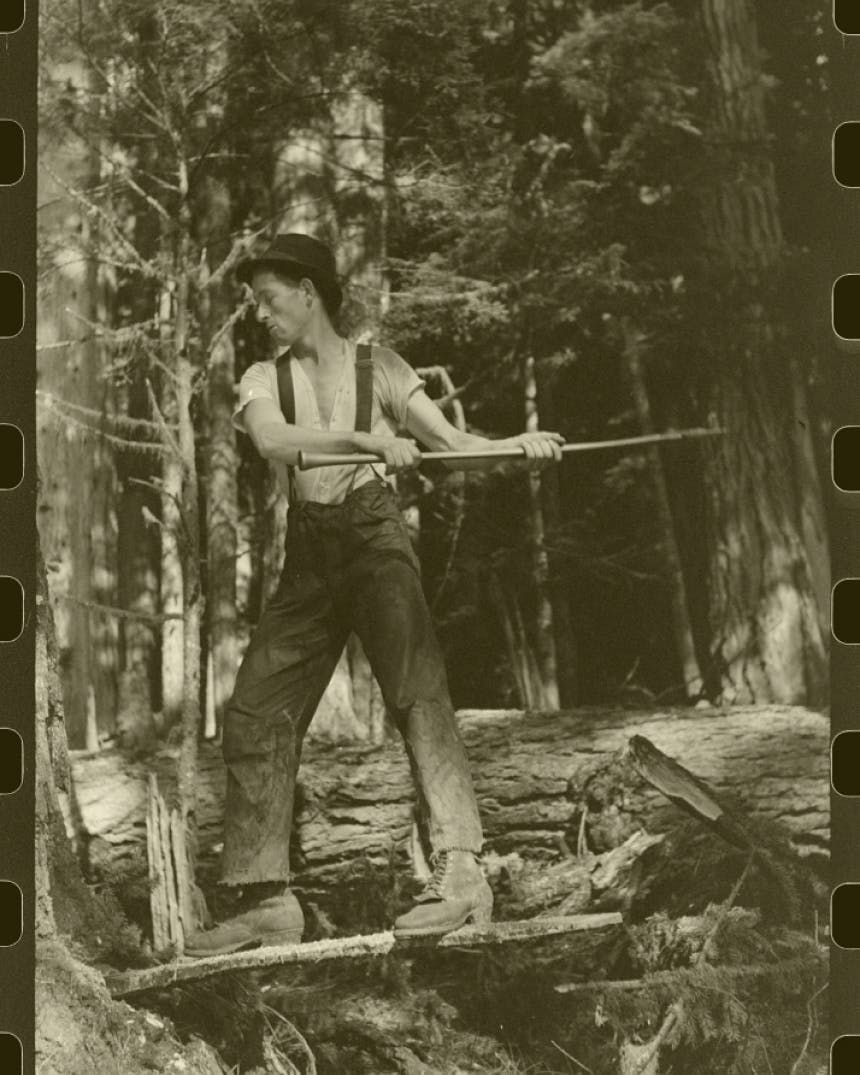
White’s Boots is one such bootmaker and traces its origins to the Shenandoah Valley. Edwin White started the family business literally “on the run,” with the Civil War forcing him from West Virginia to the Northeast, and back to the South following the war’s end. He managed to hold both the business and family together, teaching his son, John, the art of handmade boots. In 1880, John was practicing the craft for a new generation of laborers in the Shenandoah: miners and loggers working the Blue Ridge Mountains, eager to seek out a new life in a post-war America.
An authentic White’s boot passes through skilled hands at every stage of the construction process.
It was this same promise—of adventure, opportunity, and a better life—which in turn led John to turn his eyes to the west. A trade was not the only thing he had learned from his father; he had also learned the skill was portable, easily relocated to new customers in other cities, towns, and states. John understood that moving his family business to the west could serve new labor markets in the mines, forests, mills, and dockyards of the Pacific Coast states. In 1889, he and his own son, Otto, set up operations, first in St. Maries, Idaho, and then in Spokane, Washington, the following year.
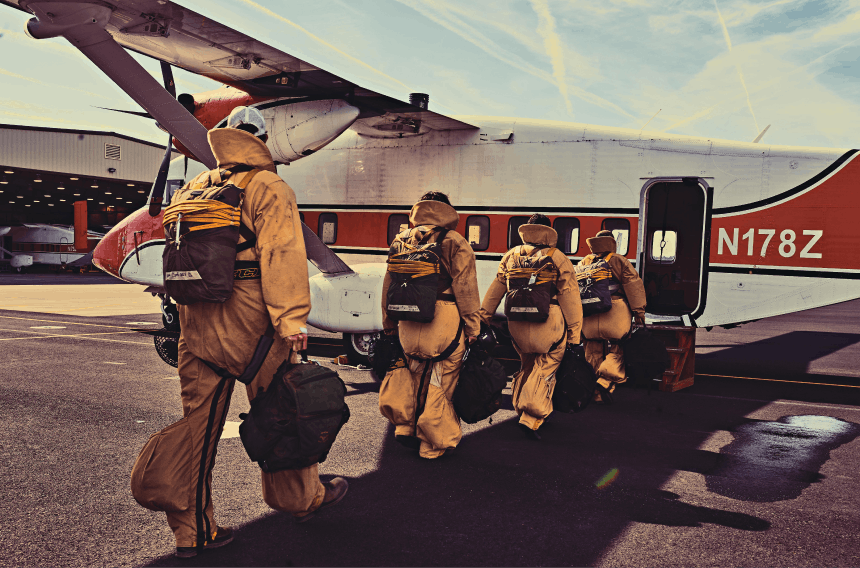
The choice provided them with a strategic advantage, as the railroads began to span the North American continent, connecting east to west. It meant the White Shoe Company formed in 1910 could reach workers everywhere, and demand for White’s boots increased tenfold.
Other changes were “afoot” as well. Otto understood the need for increased productivity, while still maintaining a quality boot in terms of comfort, fit, and durability.
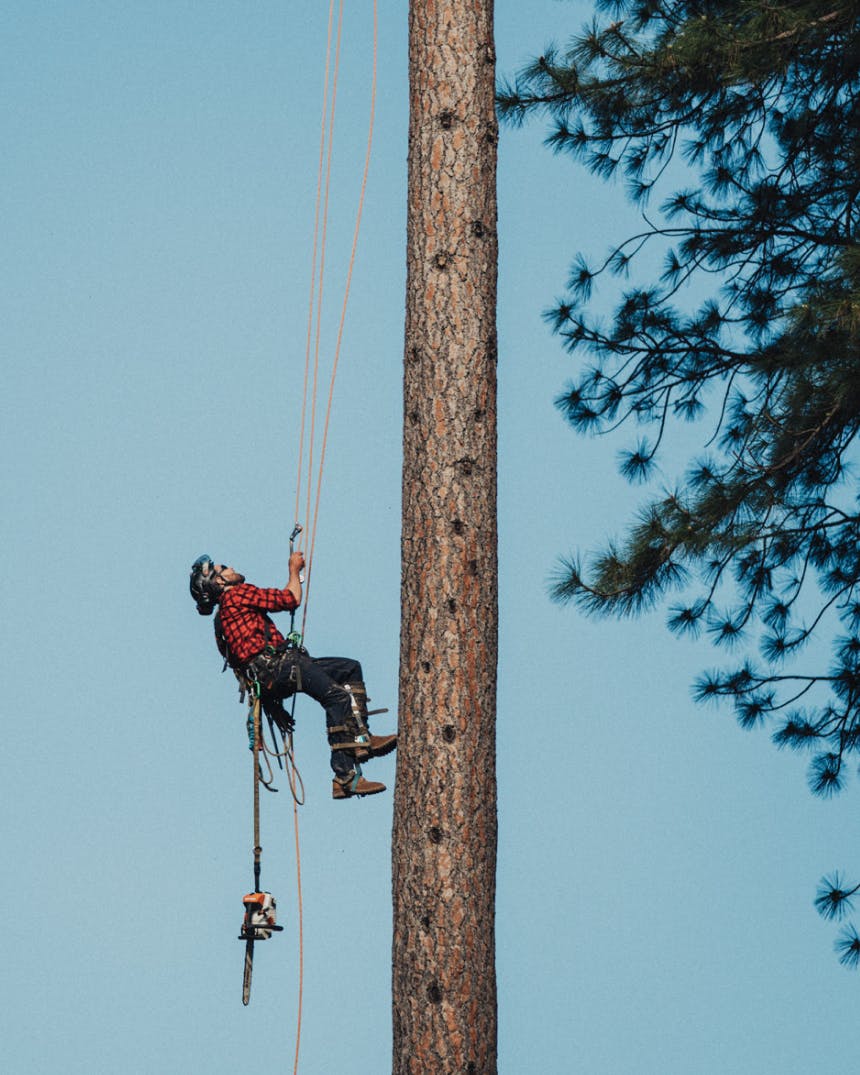
By the 1920s, Otto had expanded the range of boot designs, hired more bootmakers, bought more machines, and amassed more customers. His vocation had turned into a quest of sorts; over the previous two decades, his studies of the foot had achieved a boot design that was anatomically suitable in every way he could imagine. It became part of White’s trademark in 1926, ever-after known as the Arch-Ease. This “custom-fit” model was the basis for new lines like the Lineman, Sportsman, Summer Logger, Packer, Oxford, Semi-Dress, and Cruiser developed during the 1920s and 1930s.
Sustaining a family company during the Great Depression years might be considered a career highlight, but this wasn’t the case for Otto White. His design innovations led him next to secure the company’s legacy: a workman’s boot for future generations. He did this through a new occupation that had started in the late 1930s in the Pacific Northwest, one that was as hard and as dangerous as any other. This was smokejumping—parachuting into wilderness terrain to fight forest fires.
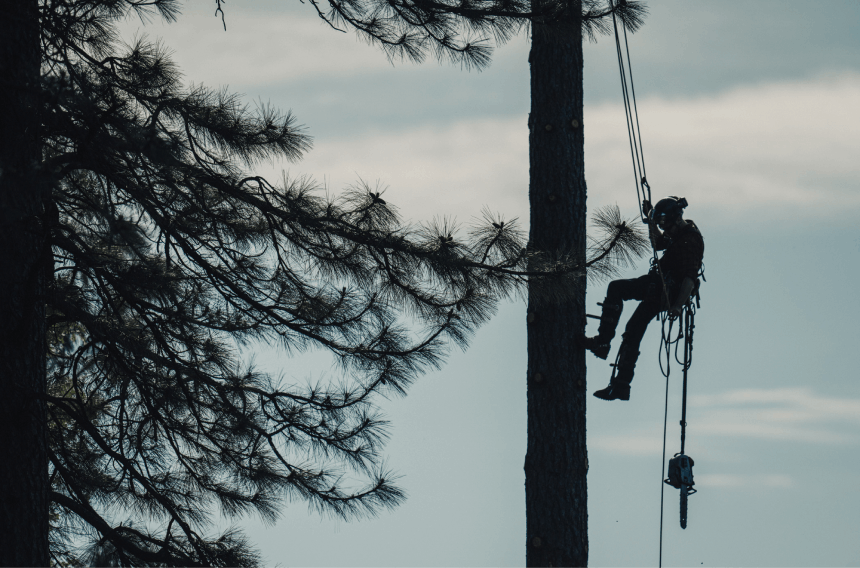
The line of history with smokejumpers and the White’s model 335 boot can be directly traced to Francis Lufkin, an experienced U.S. Forest Service smoke chaser previously assigned to the Eight Mile Guard Station outside of Winthrop, Washington.
Lufkin knew about Otto White from his own grandfather, who had worked a logging boom in St. Maries, Idaho, and knew the quality of White’s boots. In 1939, he wore a pair of these named after the fledgling smokejumper program training and didn’t have long to wait to put them to the test. On August 10, 1940, he and fellow smokejumper Glenn Smith did a dual jump into Little Bridge Creek in the Chelan (later Okanogan National Forest), to fight a forest fire inside the joint Washington and Oregon area designated “Region Six.” While it marked the first time smokejumpers had jumped into a Region Six wildfire, it wasn’t the last for Lufkin and his boots.
The following year, further forest fires meant smokejumpers from Region One in Missoula made a total of 34 jumps to stop fires in Montana and Idaho, while smokejumpers out of Winthrop fought three other fires in Washington.

Over the next several decades, the White’s 335 became known as the boot of choice for smokejumpers, becoming a memento for those who braved such fires, hung on mantels at the end of long and satisfying careers.
The boot design remained mostly unchanged until 1963 when the Vibram sole was introduced by the White family under Otto. An authentic White’s boot passes through skilled hands at every stage of the construction process.
The last time Otto walked the floors of White’s Shoe Shop was in 1979. Yet the tradition and practices that have made White’s last over 168 years continue to this day.


